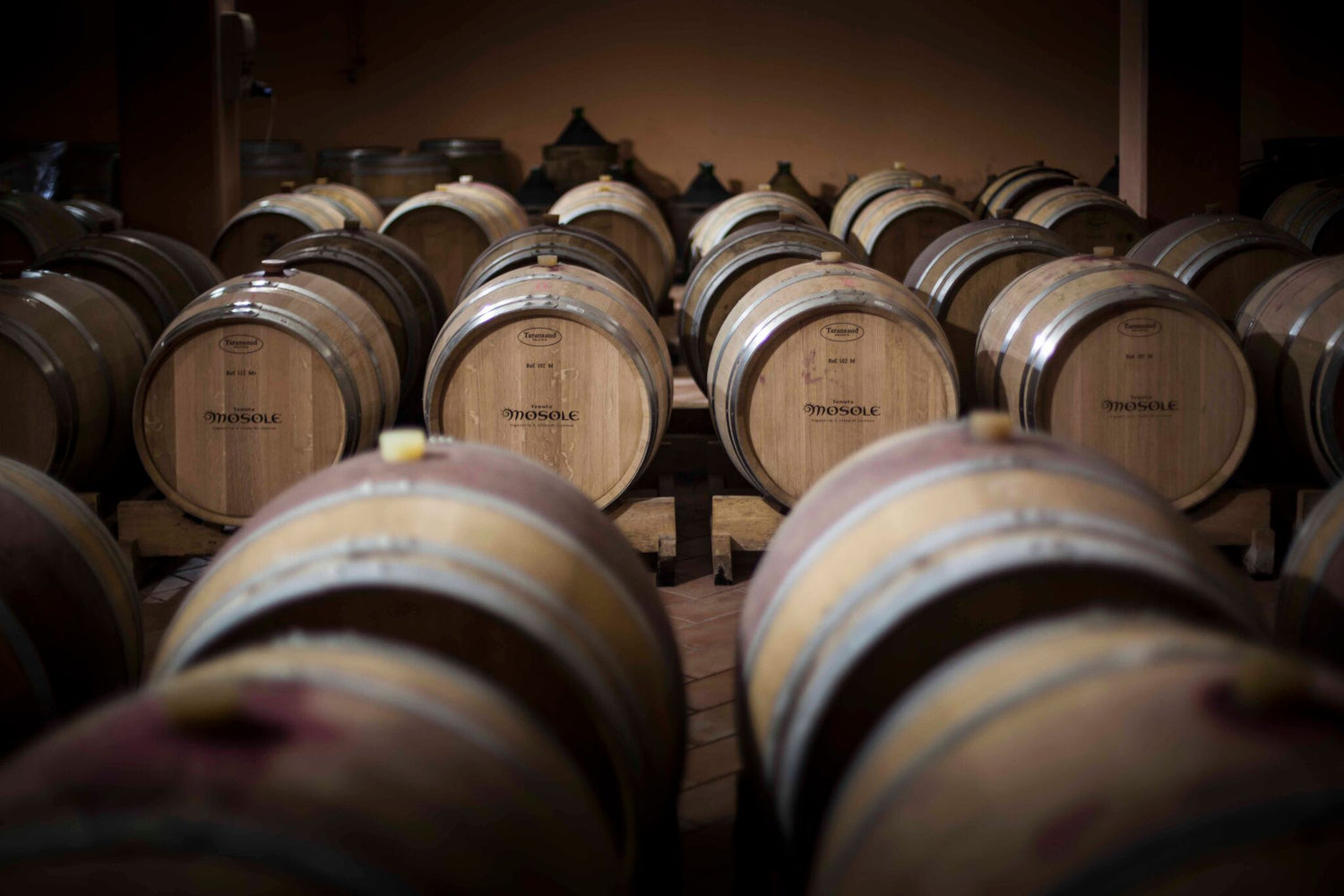Long or short aging, in wood, steel, amphora, concrete... What do these notions tell a wine enthusiast? How to orient yourself between cellar trends and practices? A little guide in three questions, and a final summary.
To enthusiasts, the nomenclature of wine may seem unnecessarily complex, and among all the types of refinements one can feel lost. But how wine is created and where it is found while it matures those notes that will make us love it so much is not only interesting to know, but also fun.
THREE QUESTIONS AND A SUMMARY
1. Are maturation, aging and refinement of wine synonymous?
Yes, and it refers to the time the wine is contained in various containers before bottling.
2. What is refinement for?
At that point the must has already become wine: refinement allows all the components to harmonize with each other and therefore improve in terms of colour, aromas and flavour.
3. Once bottled, is it all over?
No. The biological cycle continues in the bottle, where the wine continues to evolve until it is uncorked. Finally.
WINE REFINING: A SUMMARY FOR ORIENTATION
Aging in wood
How wood aging works
The wood interacts with the wine: it allows the passage of oxygen, determines evaporation (therefore, loss of alcohol) and releases tannins.
Trends in wood aging
Until a decade ago, the French barrique (the small barrel, what Veronelli called the "carat"), was in itself the best. Its first introduction in Italy, in the sixties for the Sassicaia of Tenuta San Guido in Bolgheri, brought with it a qualitative revolution, in the cellar but above all in the vineyard, with the bar of quality that was raised forever and was good for everything Italian wine.
Today, aging in wood (in large or small barrels, with various toastings and different passages) is no longer widely used. Obviously, aging in wood continues, even for long periods, and remains a sign of quality, but preference is given to those wines that are naturally inclined to it, those that due to their characteristics have great initial structure. The beauty of wood is when it enhances the properties of the wine, not when it covers its characteristics or, worse, gives it away to others.
Refinement in steel
How steel refinement works
Steel is a neutral material: it does not release anything to the wine and does not allow oxygen to pass through. It is sensitive to temperature changes and for this reason the steel containers have a cavity where a fluid (cooling or heating) circulates, to keep the temperature of the wine controlled. It allows constant maturation, without giving away flavors or aromas.
Trends in steel refinement
It is the most used container for vintage wines, therefore intended to be consumed young, and for those in which the primary aromas (flowers and fruit) are to be enhanced.
Refinement in cement
Trends in cement refinement
Previously widely used, in the 1960s this type of aging fell into disuse and many wineries dismantled the concrete tanks. Today someone buys them back. It is a consequence of the lesser use of wood and the desire to highlight the intrinsic varietal characteristics more.
How cement refinement works
It is a cross between wood and steel. The concrete vases - vitrified for hygienic reasons - do not interact with the wine, have insulating properties and do not allow oxygen to pass through. The refinement in cement allows constant maturation, without releasing any additional flavor or aroma.
Refinement in amphora
How amphora aging works
The key is this: terracotta is a porous material that allows oxygen to pass through, so micro-oxygenation is activated when refining wine in amphora, the effects of which are not always easy to predict.
Trends in amphora refinement
Today we are returning to look with interest at ancient materials, until yesterday considered a legacy of antiquity: the amphora is among these. The father of the rediscovery of the amphora is the legendary Josko Gravner who, nauseated by industrial production, became passionate about Georgian viticulture and was struck by the ancient form of winemaking still practiced here. He therefore decides to follow this path to the end. For a few decades he was considered an eccentric, or it was believed that those excellent results were only possible for him. Today it cannot yet be said that many follow it, but there is a team of winemakers who refine it in amphora. We have proposed some of them in our selections.




